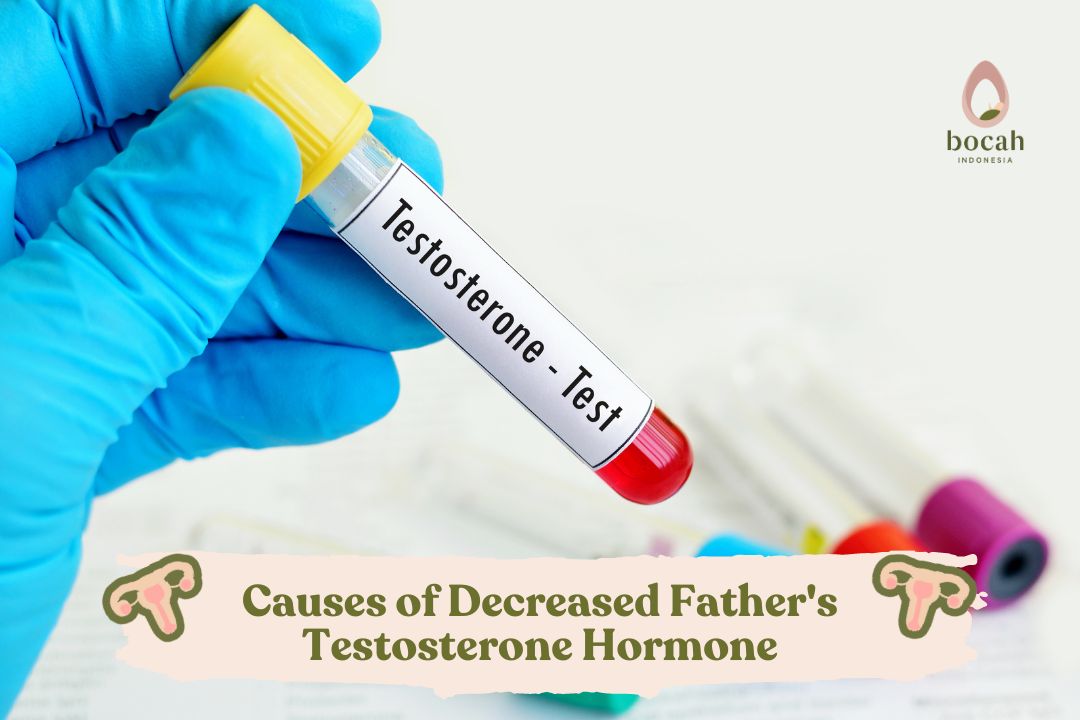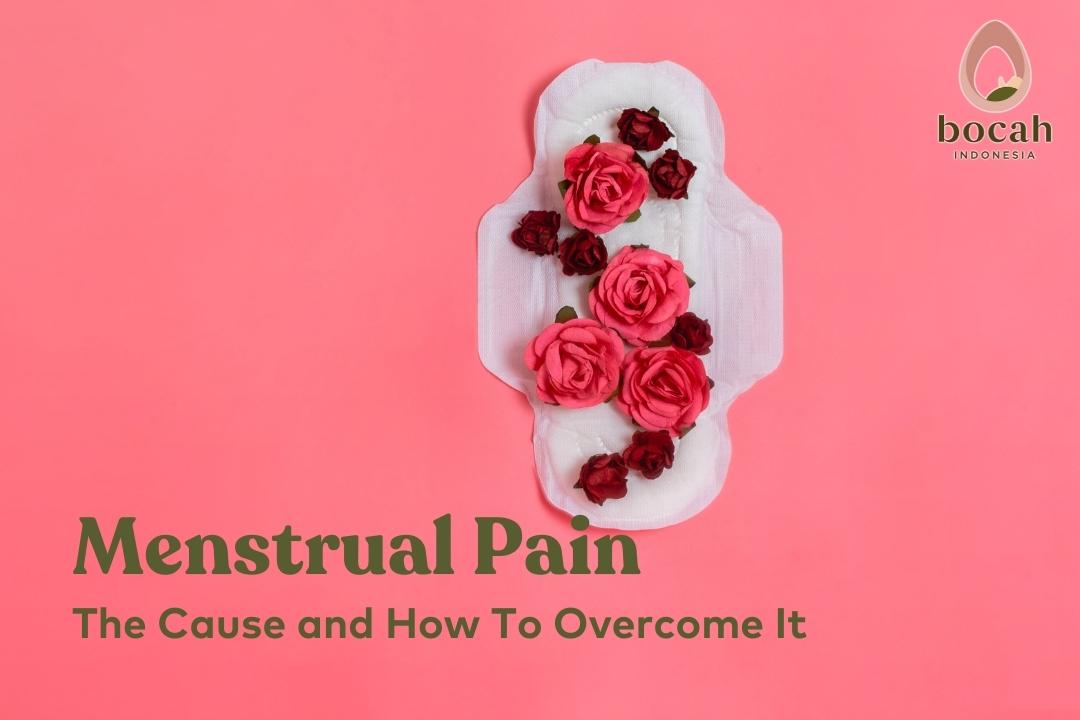Luteal Phase Defect – Symptoms, Causes, Diagnosis, and Treatment

Luteal Phase and Female Fertility
The luteal phase is a natural stage in the menstrual cycle of women. It occurs right after ovulation, which is when the egg is released, and before menstruation begins. The duration of this phase is usually between 12 and 16 days. If a woman has a 28-day menstrual cycle, the luteal phase will typically start around day 15. However, menstrual cycles can vary slightly among women.
Some may have a short luteal phase, meaning menstruation begins within 10 days after ovulation, while others have a long luteal phase, delaying menstruation until 17 days or more after ovulation.
The purpose of this menstrual stage is to prepare a woman’s body in case pregnancy occurs. During the luteal phase, the ovaries produce the hormone progesterone, which helps thicken the uterine lining so that a fertilized egg can implant. If no egg is fertilized, the woman will not become pregnant, and progesterone levels will decrease. Subsequently, the uterine lining will shed and exit the body as menstrual blood.
Tanya Mincah tentang Promil?
Some signs that a woman is in the luteal phase include:
- Breast tenderness
- Mood changes
- Bloating
- Acne
- Feeling hungrier or less hungry than usual
- Thick vaginal discharge
If the luteal phase shortens to 10 days or less, meaning the ovaries do not produce enough progesterone, or if the uterine lining does not respond well to this hormone, the uterine lining will not grow optimally each month. This condition is known as a luteal phase defect. It is associated with impaired endometrial receptivity, which can hinder embryo implantation and increase the risk of miscarriage.
Symptoms of Luteal Phase Defect
Most women with a luteal phase defect are unaware of the condition until they experience difficulty conceiving or have a miscarriage. Other symptoms of a luteal phase defect include:
- Spotting or bleeding between menstrual cycles.
- A slow rise in basal body temperature.
- More frequent menstruation or shorter intervals between menstrual cycles (<21 days).
Women who monitor ovulation may notice a shortened luteal phase, meaning the time from ovulation to menstruation is 10 days or less.
Causes of Luteal Phase Defect
A woman may experience a shortened luteal phase when her body does not produce enough progesterone. The following health conditions can increase the risk of a luteal phase defect:
- Psychological stress
- Eating disorders like anorexia or bulimia
- An underactive thyroid (hypothyroidism) or overactive thyroid (hyperthyroidism)
- Endometriosis
- Excessive physical activity or exercise
- Hyperprolactinemia (excess production of the hormone responsible for milk production)
- Obesity
- Drastic weight loss
- Polycystic ovary syndrome (PCOS)
- Pituitary gland abnormalities that affect reproductive hormone production
- Age and aging
Despite this extensive list of causes, many women with a luteal phase defect can still conceive normally and carry a pregnancy to full term.
Diagnosis of Luteal Phase Defect
Currently, there is no single test or specific criteria to diagnose luteal phase defect. If there is suspicion, a doctor may recommend blood tests to check the levels of the following hormones:
- Follicle-stimulating hormone (FSH): This hormone is released by the pituitary gland in the brain and is responsible for stimulating the development and maturation of ovarian follicles each month. The egg, which is released during ovulation, is contained within these follicles.
- Progesterone: This hormone is primarily responsible for thickening the uterine lining after ovulation. It is produced by the corpus luteum, a temporary gland that forms after ovulation. The corpus luteum develops in the ovary, specifically in the follicle that has matured and released its egg.
- Estrogen: This hormone is produced by developing follicles and causes the uterine lining to thicken before ovulation.
- Luteinizing hormone (LH): Like FSH, this hormone is produced by the pituitary gland. An increase in LH levels in the blood triggers ovarian follicles to ovulate.
In addition to hormone testing, the doctor may perform an ultrasound of the reproductive organs to measure the thickness of the uterine lining. This parameter can reflect low progesterone levels or inadequate hormone activity in the woman’s body.










